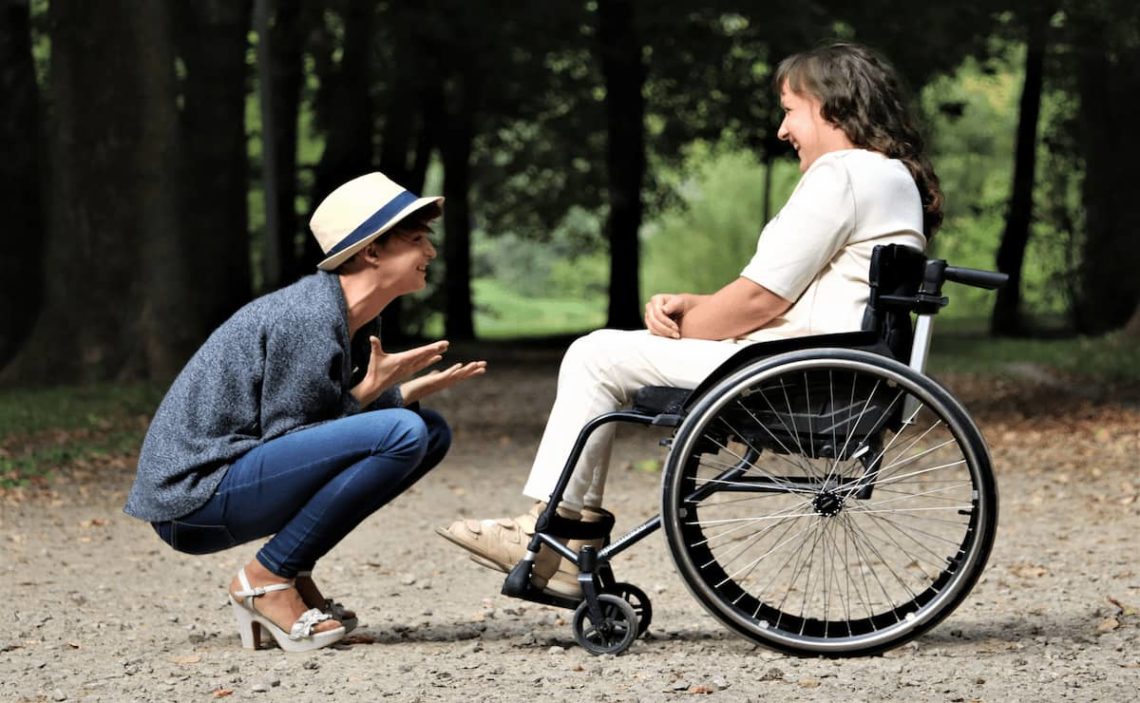Dealing with a permanent disability is not an easy task. Both for those who have a disability from birth and for those who face it throughout their lives, this process is necessary and very important.
It is also important to understand that these processes do not take the same length of time for each person. One of the keys to understanding how to live with a permanent disability, perhaps the most important, is to know that it takes time to learn, understand, and accept it. Under no circumstances should this time be rushed.
Recognizing and accepting emotional responses
It is vital to recognize and accept emotional responses to try to understand the permanent disability. This is important in all cases, but simply essential for those of us entering into something new and unfamiliar.
It is natural to feel pain and fear, and it is also normal to go through some suffering from which comes knowledge and acceptance of things. Only from the acceptance of emotions can a new reality be built.
For some people, it may be quicker than for others, but it is a necessary process.
Adapting practically to the situation
Our lives as people with permanent disabilities are very different. It is very important to adapt very clearly to what this means.
Generally, adaptation tends to focus on more concrete practical matters. This is fine, but it is the first step. In general, specialists advise looking in-depth into all the aspects that permanent disability conditions bring with them.
For example, what rights will you acquire? What aspects related to education or work will change and in which way?
Developing new channels of self-expression or expanding existing ones
Expressing yourself is essential. We will see later that communication is very important. However, it is just as important, if not more important, to have our channels of expression that allow us to communicate the meaning of everything.
It can be sports, writing, arts, music, dancing, gardening, it can be so many things. The important thing is not to get stuck in a contemplative state of observation, but to find your strengths and satisfactions.
In addition to the physical aspects, it is also important, as much as possible, to incorporate or increase the creative components. Creativity is not always given the importance it deserves in this type of process, but it is a great help in overcoming the difficulties of the situation.
Manage your communication as you see fit
The person with a permanent disability often manages communication about his or her situation in a way that is more focused on justification and understanding on the part of others than on the person’s own needs.
For a healthy process of acceptance and coping, it is important to handle communication as you think and feel most comfortable. There is no need to justify or force communication styles that are not the most acceptable, necessary, or appropriate.
This applies not only to the communication we send but also to the communication we receive. In general, the most appropriate messages are positive, future-oriented, and not those based on lamentation, loss, and compassion.


